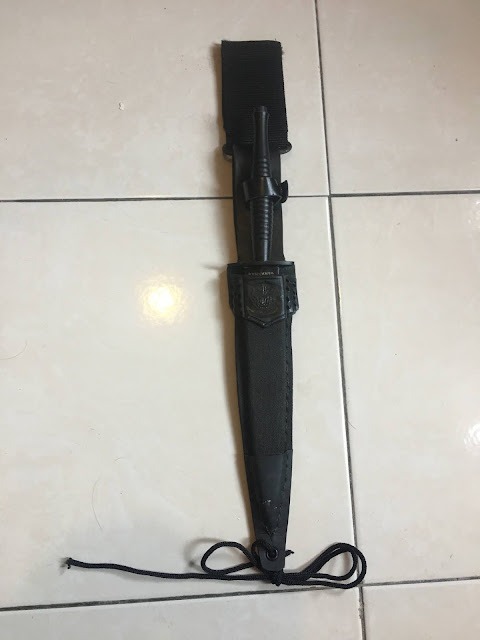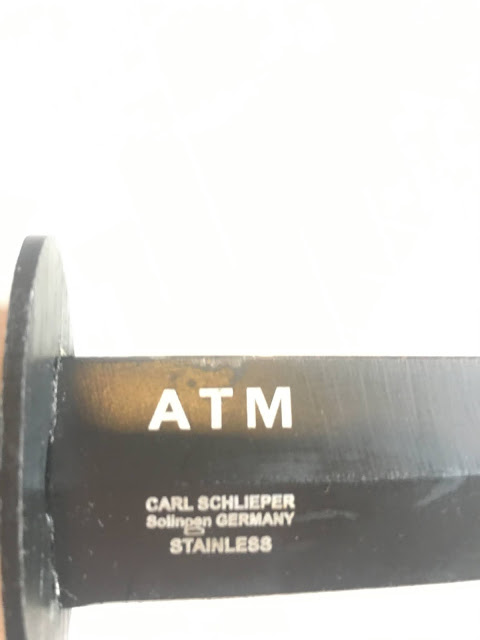The Malaysian Army has generally been overlooked. Dare I say unappreciated. They lay down their lives for our beloved country yet, how many of us would salute the arm forces when we see them pass by?
You would salute your immediate superior in the office by extending a smile and greeting, however you detest them. You may even waive a flag for your local politician or representative of your area to show your support. You even will utter the word “Tuan” To show respect, when face with a police officer or government bureaucrat, although they lack the position to be called “Tuan”.
Yet, for our poor troops laying down their lives we ignore them when we see their barricades of vehicles passing us in the highway.
We salute cool cars by giving a gentle honk and thumbs up when we pass them on the road.
Why can’t we do the same for our armed forces? Is there anything wrong when we see them sitting at the back of the army lorry with their tired faces, facing the heat and exhaust fumes, we gently honk and show thumbs up and cheer them when we pass by?
Imagine how they would feel with such support from the community they are serving?
There is a special branch of the army called Gerup Gerak Khas (GGK), a special forces regiment which are on a whole new level. They are the selected ones who made it through a grueling 12-week selection process to earn their green beret, living up to the expectations to be a commando.
These elite troops are trained at Pusat Latihan Peperangan Khusus (Special Warfare Training Centre) at Sungai Udang Camp, Melaka. Training course is divided into five phases, the camp phase (five weeks), the jungle phase (two weeks), the swamp phase and long-range march (one week), sea phase (two weeks), and escape and evasion phase (two weeks).
Oh did I mention that there us also a 160km march within the given duration of three days and two nights?
It is common to start off with over 200 participants at the initial stages of training but only 16 will be the last men standing.
Graduates are awarded their green beret, blue lanyard, and a Fairbairn & Sykes Commando Dagger.
Every 1st March, the Malaysian army celebrates its Malaysian Army Day. This 2020 was 87 years.
The public would probably not put too much importance on the date. To speak the truth, the general population would not even know such a celebration exists. Neither did I, until I did my research on the GGK Dagger.
The army is aware of our ignorance, but Major Nor Hasnizar Bin Nor Rashid, an elite commando himself states. “You don’t need to know what we do. We don’t expect respect from you. We don’t need your respect or command, but know that we’ll be there when you need us.”
And that my readers sums up our armed forces. Respect them. Not all of us can do what they do. They are always not seen but they will be there when needed.
The Fairbairn & Sykes fighting knife is a double-edged fighting knife resembling a dagger, developed by William Ewart Fairbaim and Eric Anthony Sykes in Shanghai based on concepts which the two men initiated before World War II while serving on the Shanghai Municipal Police Force in China.
Made famous during World War II when issued to British Commandos, the Airborne Forces, in the Normandy landings in June 1944.
It is now utilized by - United Kingdom, France, Poland and Belgium (Royal Marines & Commando), Canada (Armed Forces), Cambodia (Special Forces), Indonesia (Kopassus), Malaysia (Grup Gerak Khas & Paskau) and Singapore (Commandos).
Blade measures roughly 7 inches with an additional 4.5 inches for the holder. Designed exclusively for surprise attack from the back to penetrate the ribcage. As explained by Fairbairn in his book Get Tough! (1942):
In close-quarters fighting there is no more deadly weapon than the knife. In choosing a knife there are two important factors to bear in mind: balance and keenness. The hilt should fit easily in your hand, and the blade should not be so heavy that it tends to drag the hilt from your fingers in a loose grip. It is essential that the blade have a sharp stabbing point and good cutting edges, because an artery torn through (as against a clean cut) tends to contract and stop the bleeding. If a main artery is cleanly severed, the wounded man will quickly lose consciousness and die.
A demo on the deadly usage of the dagger:





No comments:
Post a Comment